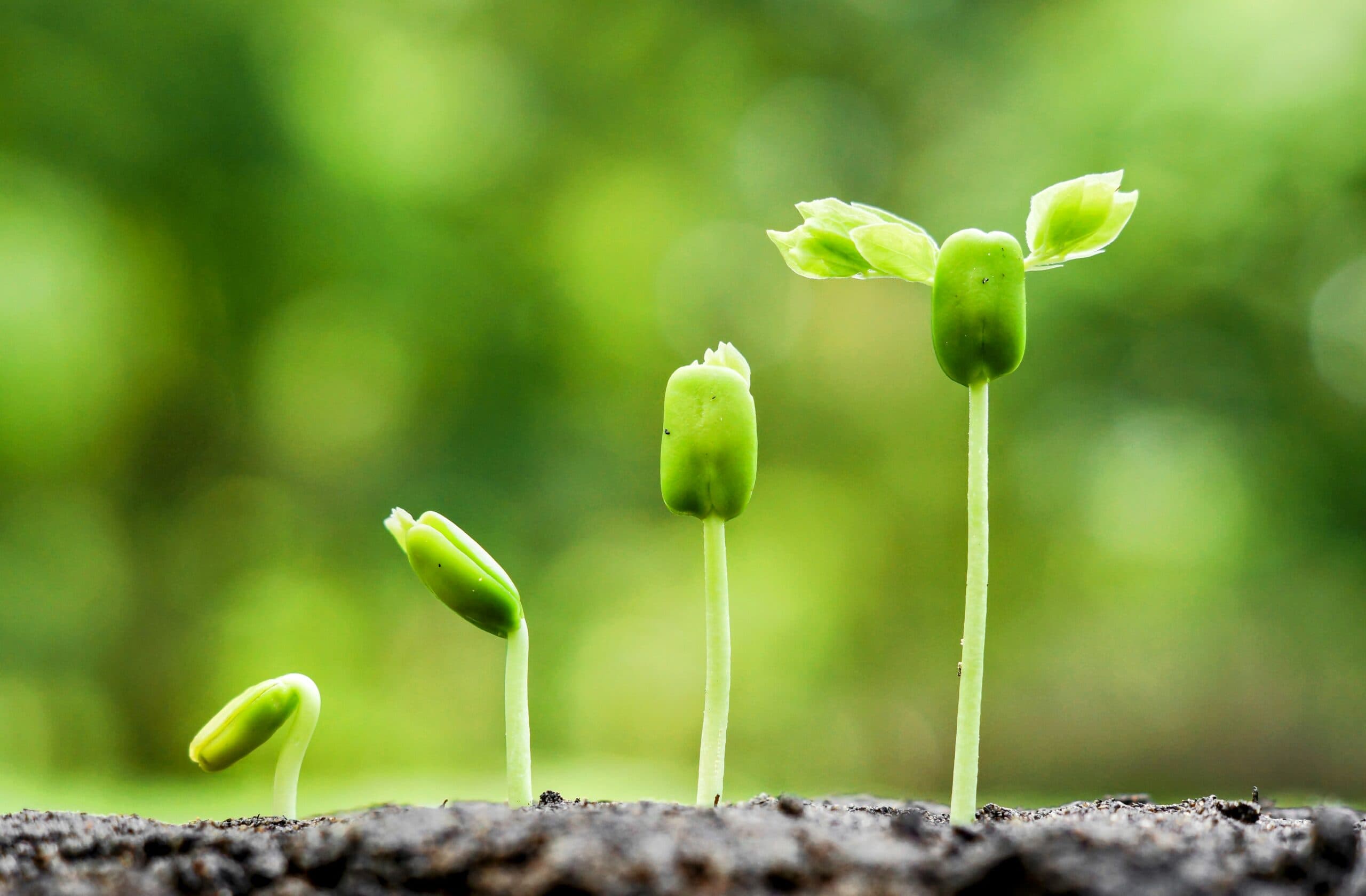
Artificial scaffolds can support the growth of plant cells
As seedlings emerge from the soil, they face a significant challenge: gravity’s downward push. In order to grow, plants must win against the force of gravity and push upward with an even greater force. A research team composed of plant biologists at Washington State University in St. Louis and material scientists at the New Jersey Institute of Technology and Alabama State University have created the first artificial scaffolds which can support the growth of individual plant cells.
The scientists analyzed more than 20 types of scaffolds, each composed of different materials with different sets of physical and chemical properties. “We found a range of effectiveness, which was useful in probing which properties were important for adherence of plant cells to the scaffold,” said study lead author Ryan Calcutt, a graduate student in Washington University’s Plant and Microbial Biosciences Program. “We could compare the properties of the scaffolds that did not work very well with those that did.”
The most effective scaffolds appeared to be those made of negatively charged, hydrophobic materials that generate an electrical charge in response to mechanical stress, thus mimicking the properties and structure of the plant’s cell wall. One particular material stood out: scaffolds made of polyvinylidene fluoride-trifluoroethylene copolymers fared better than the rest in supporting plant cell growth.
“This was exciting to us because it reveals that the way plant cells adhere to scaffolds is similar to the way they adhere to each other within plant tissues. Therefore, these scaffolds should be suitable for the construction of functional plant tissues in the future,” explained Calcutt.
The researchers discovered that pectin, a plant cell wall polysaccharide, was largely responsible for cell adhesion to scaffolds. “Because pectin is found in the cell walls of all land plants, these scaffolds hold promise as a widely applicable tool,” explained study co-author Ram Dixit, a professor of Biology at Washington State University.
This new tool will allow scientists to grow and observe plant cells in physiologically relevant settings, and can shed more light on the different forces or developmental cues that are needed for a plant cell to grow into a plant.
The study is published in the journal Science Advances.
—
By Andrei Ionescu, Earth.com Staff Writer












